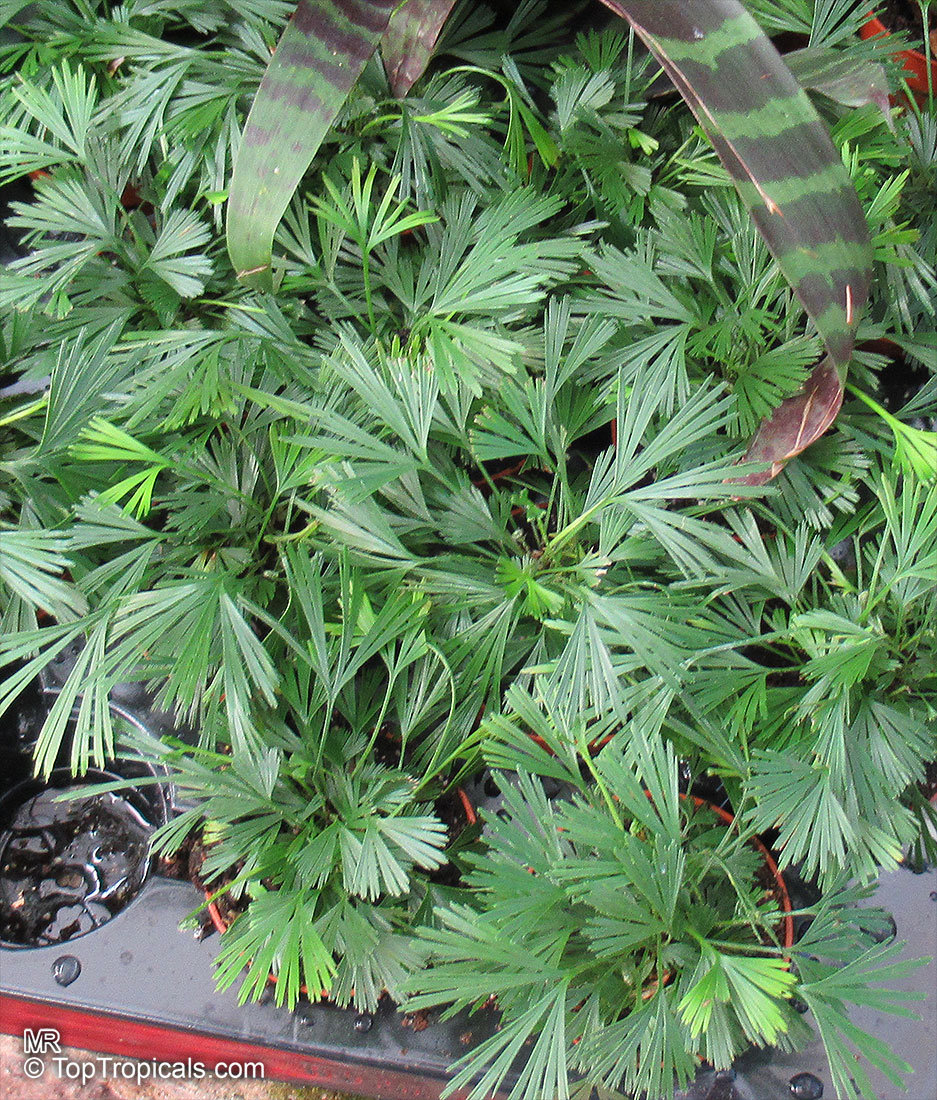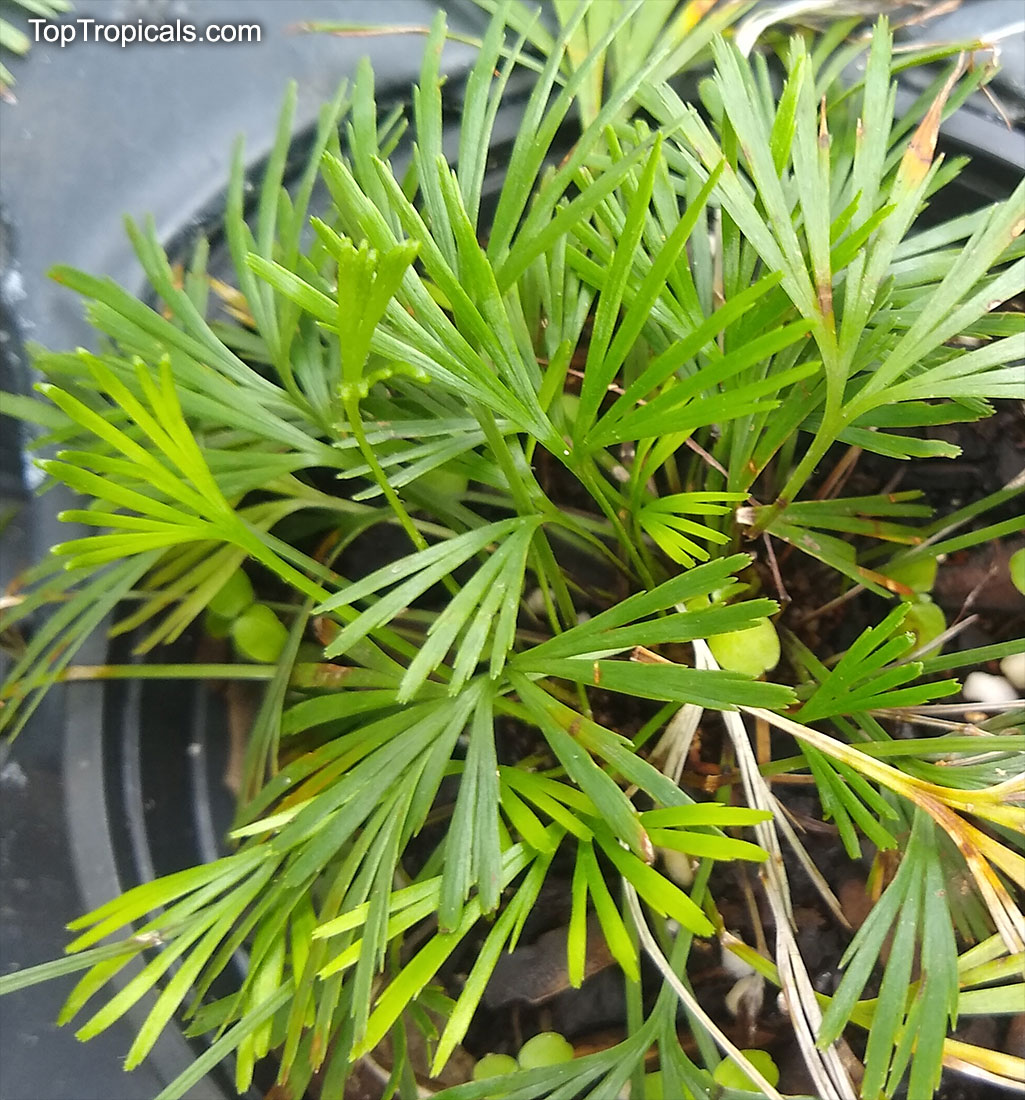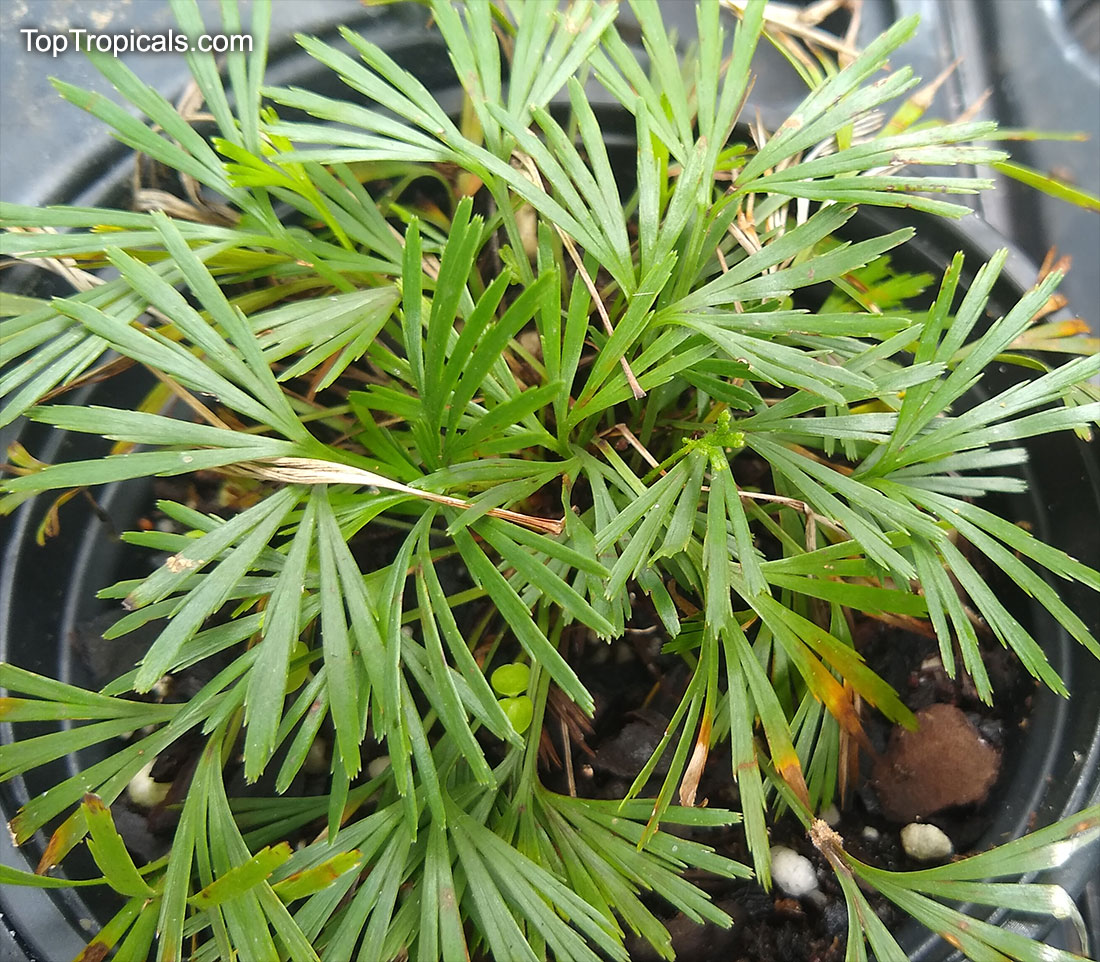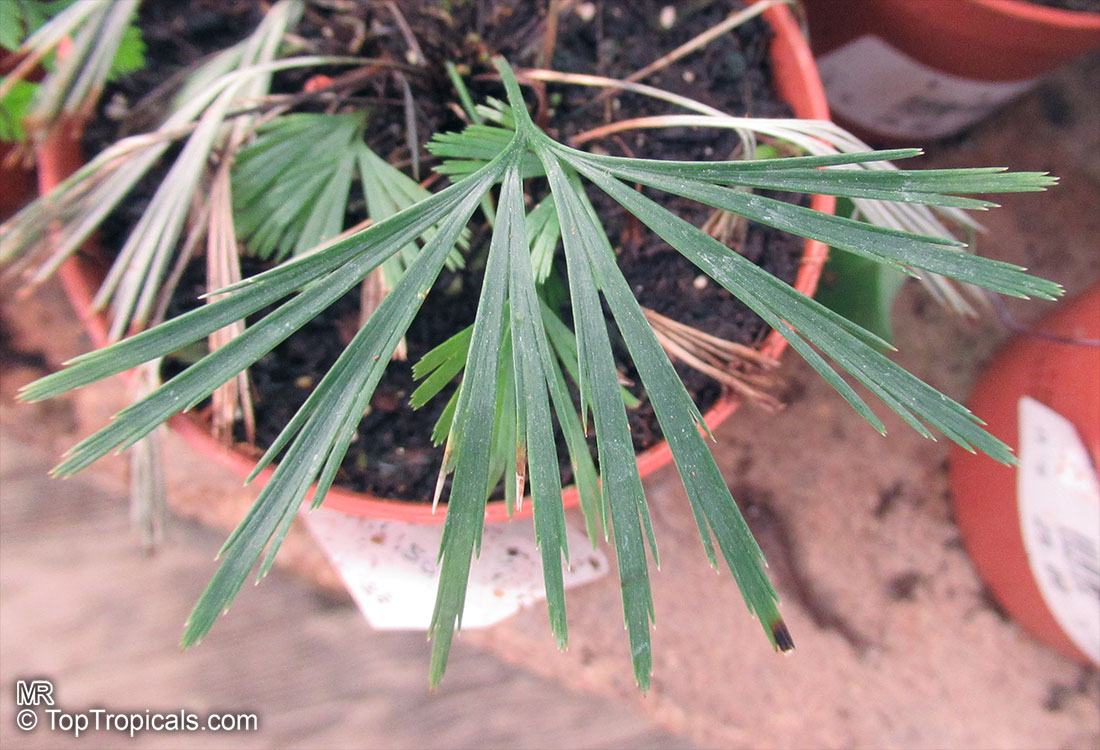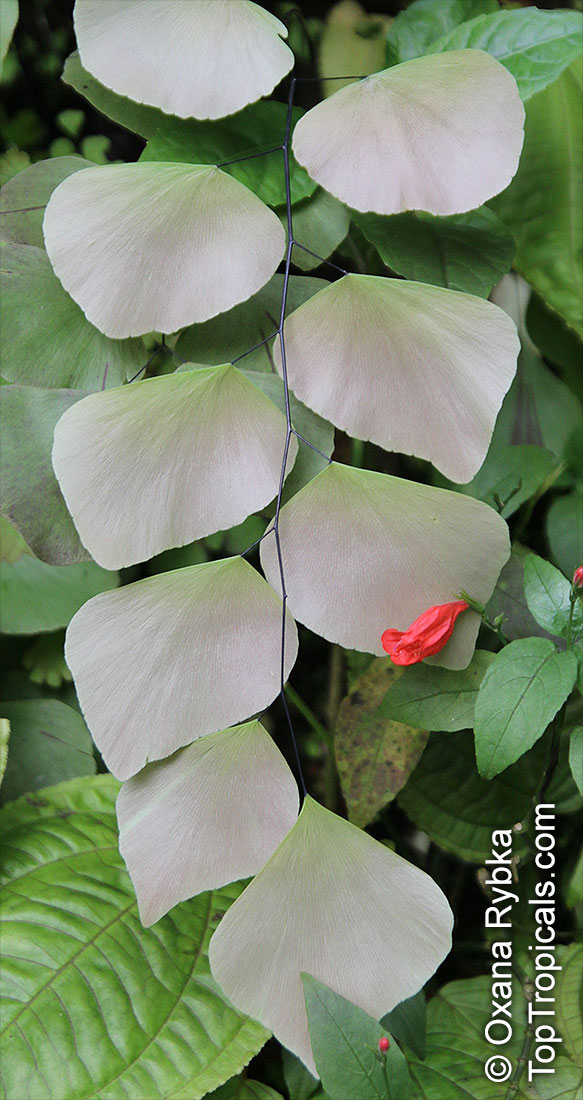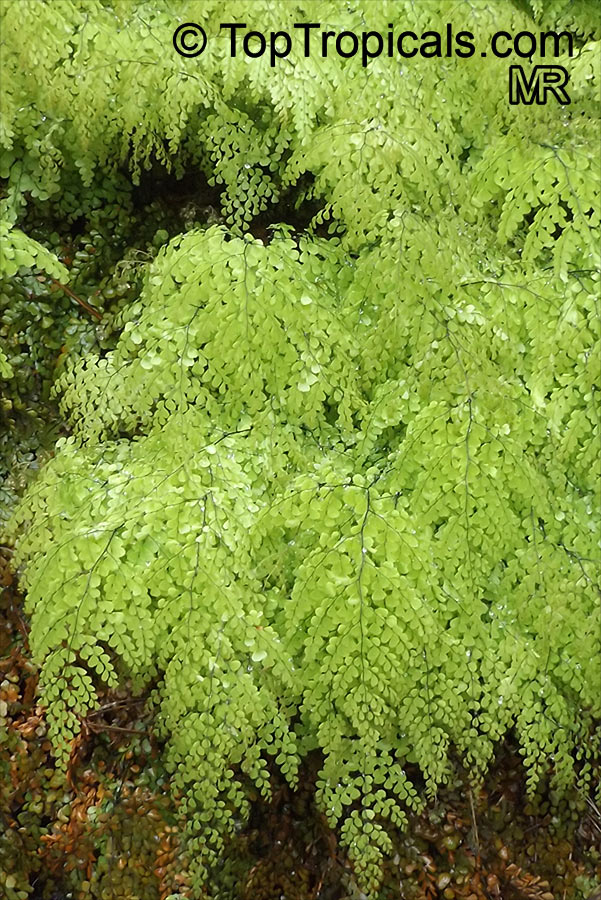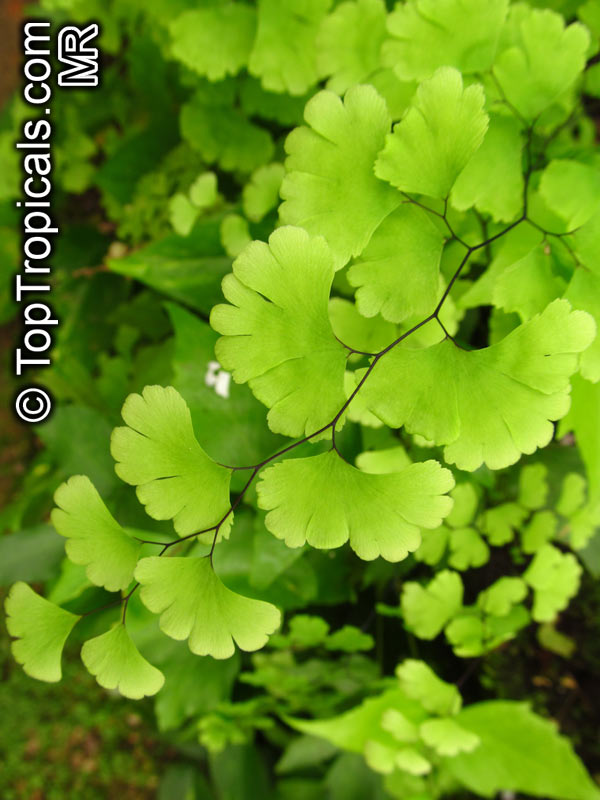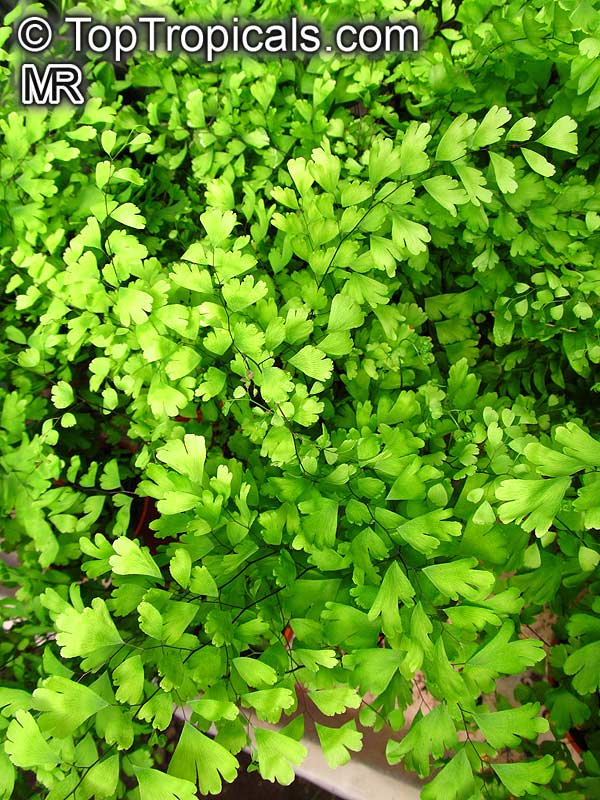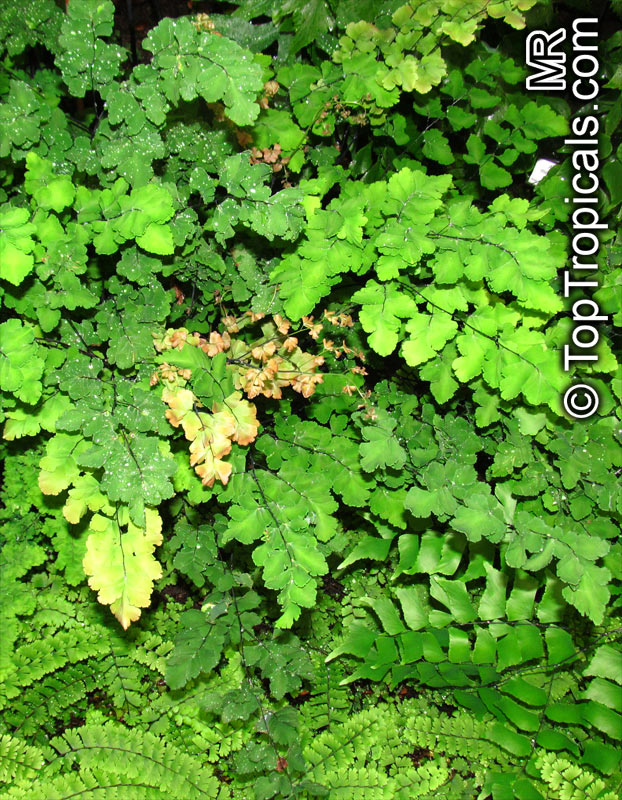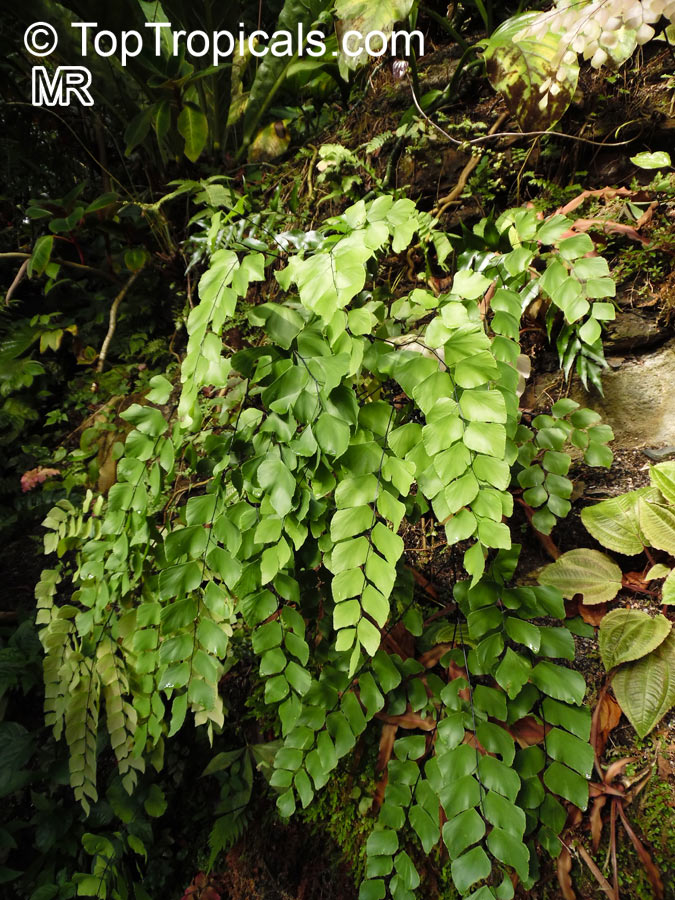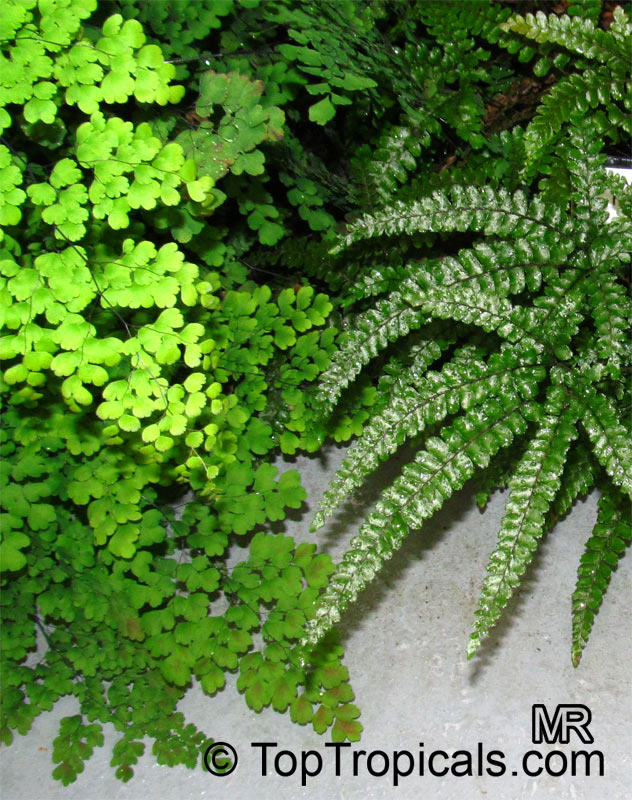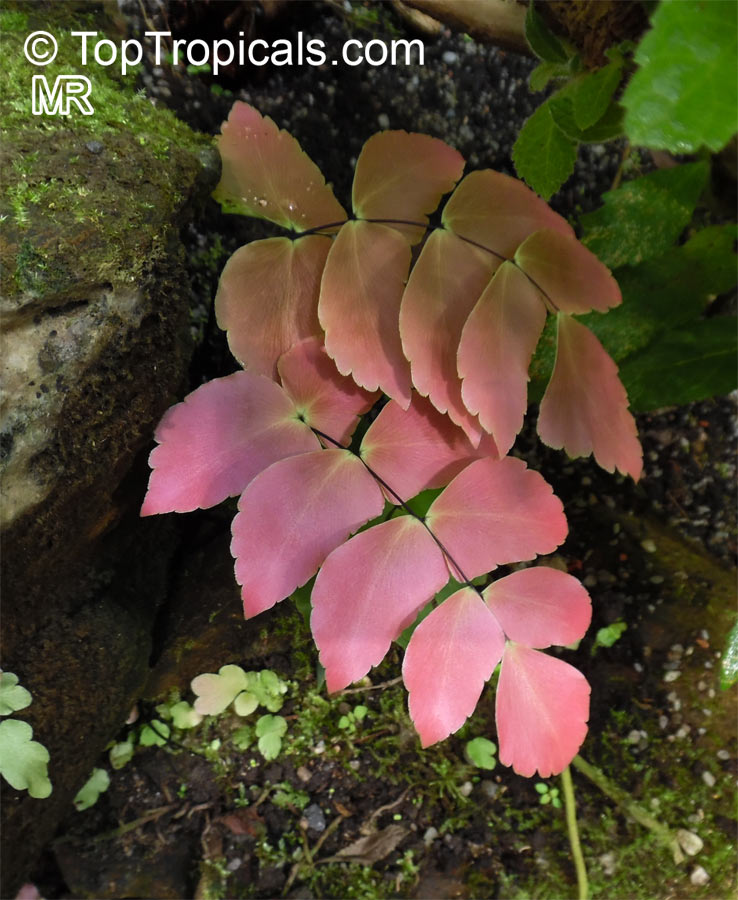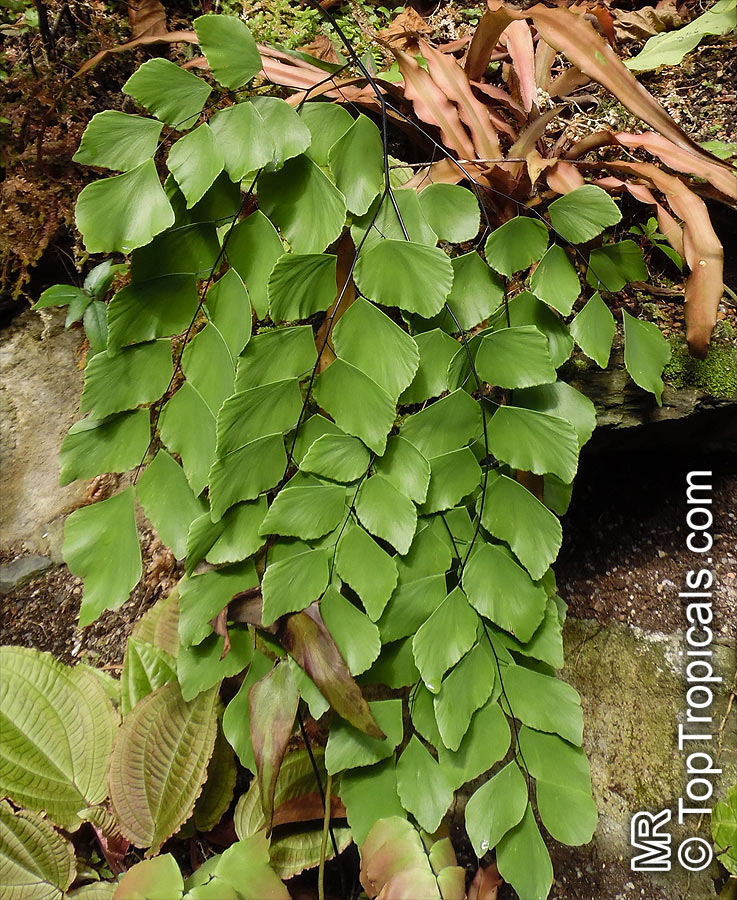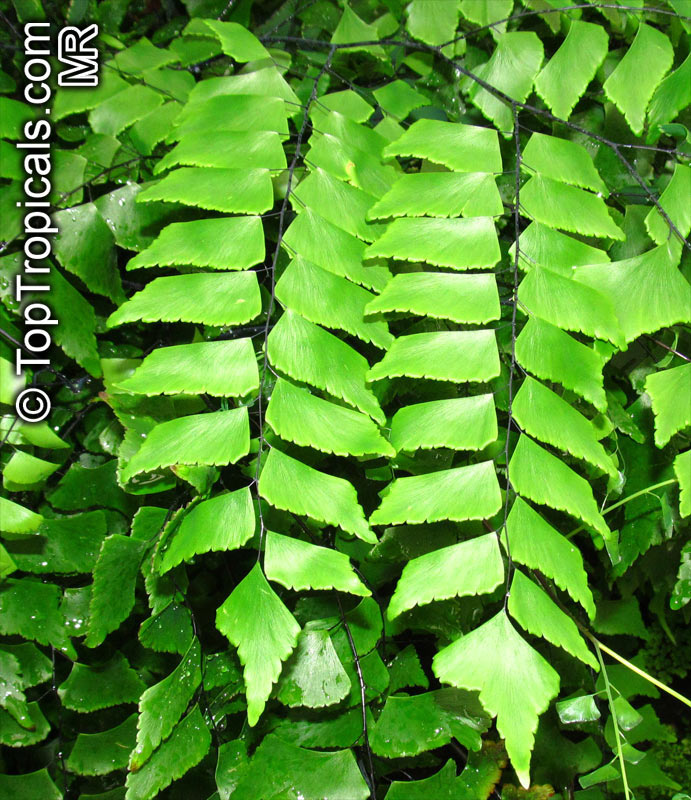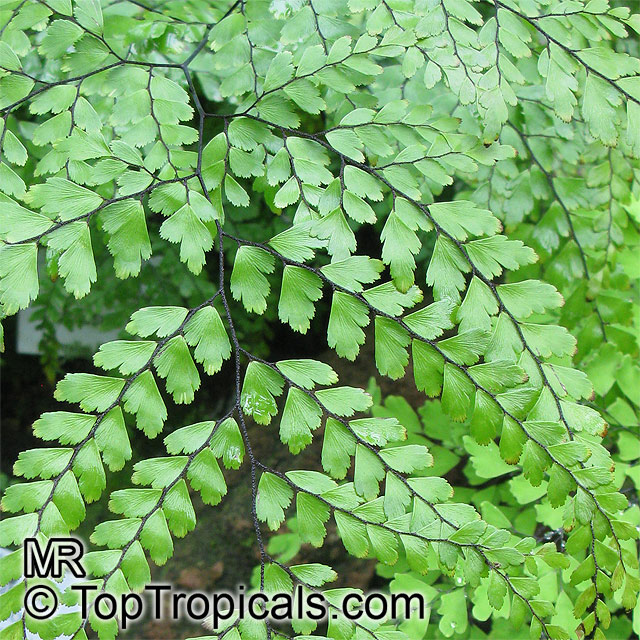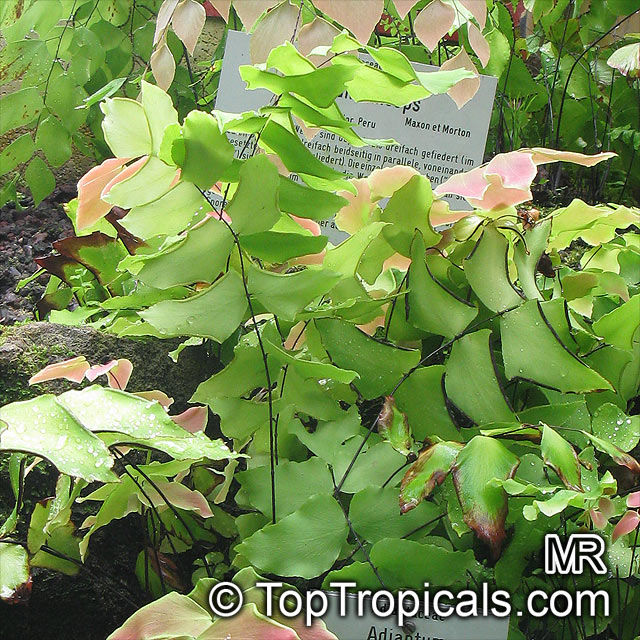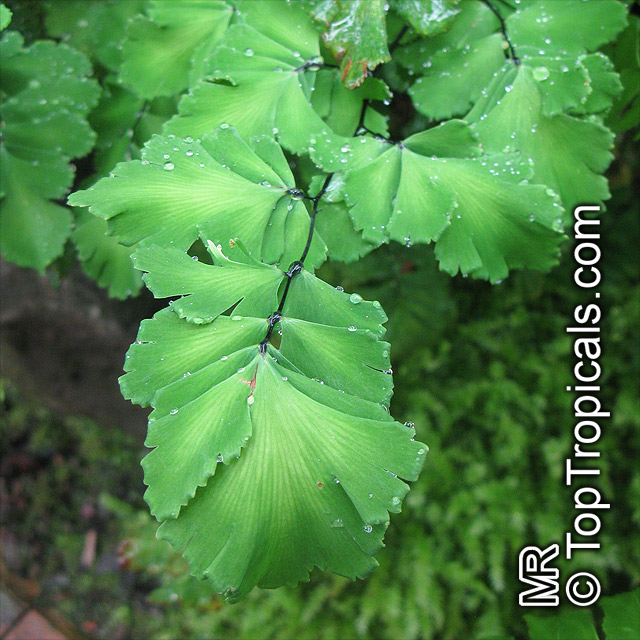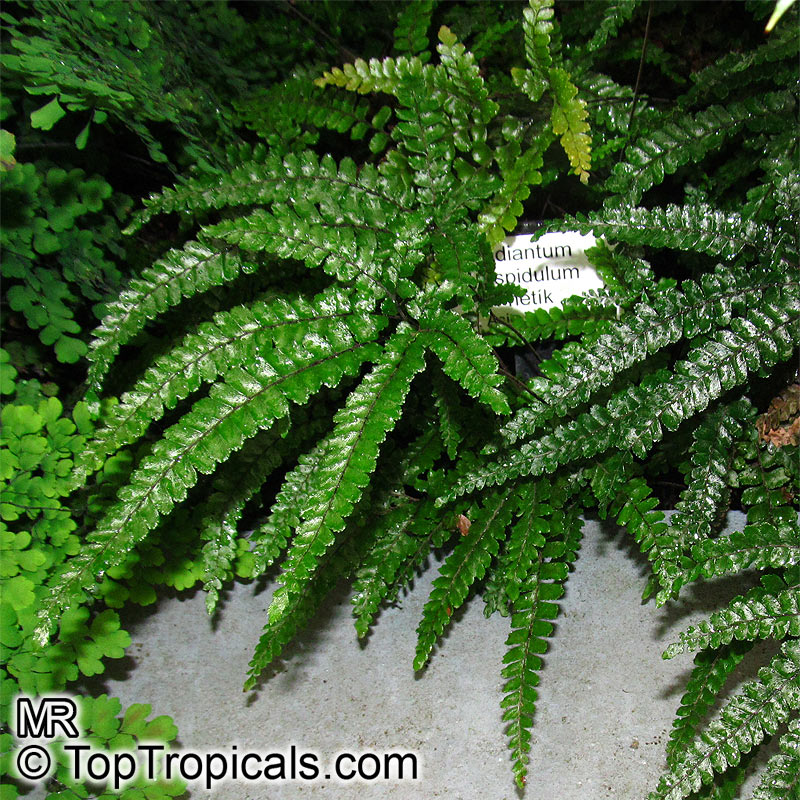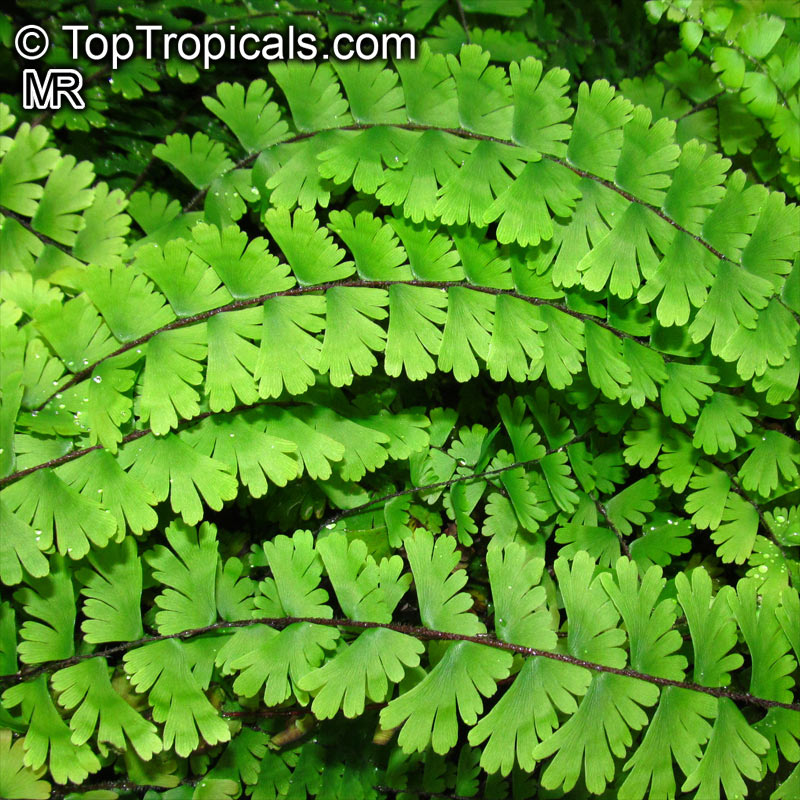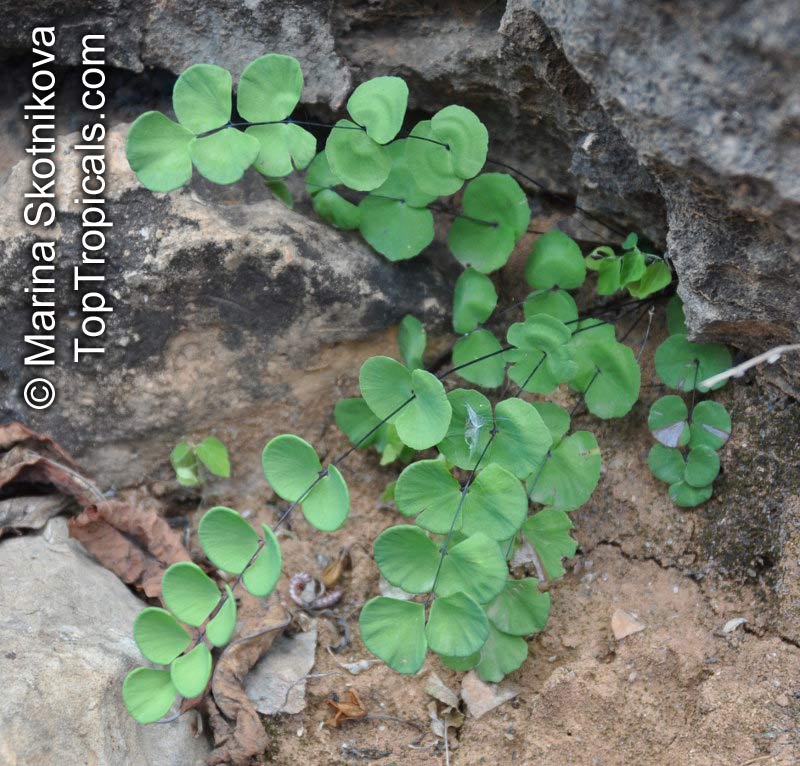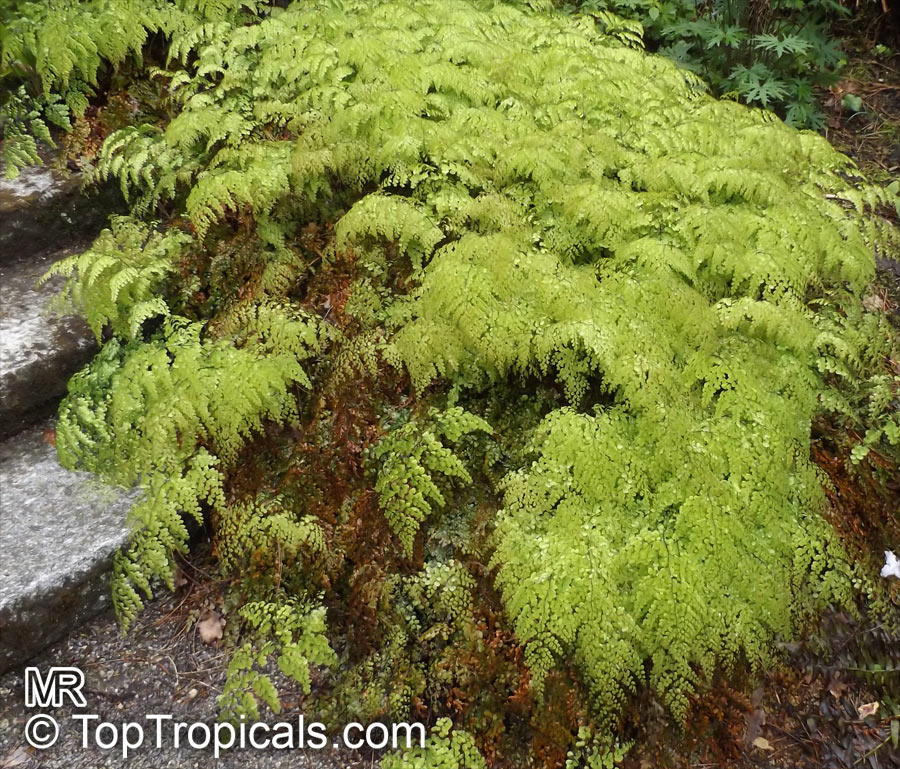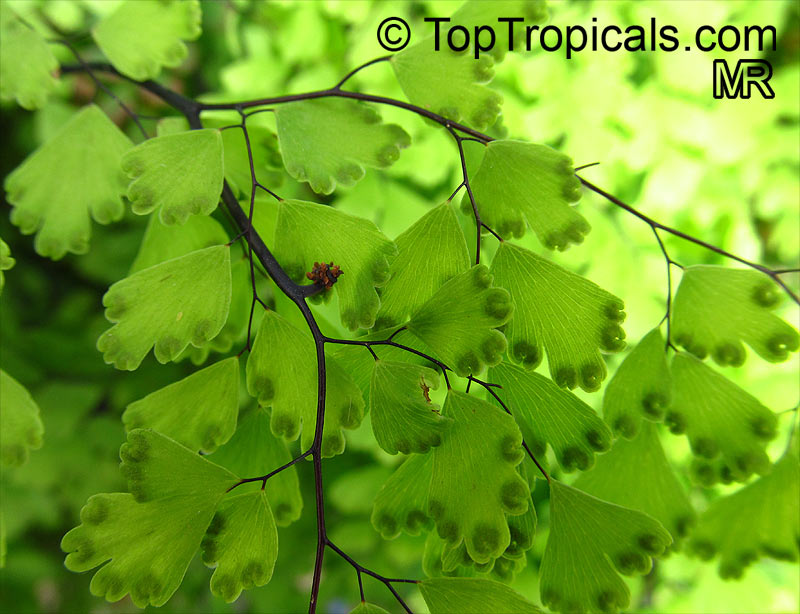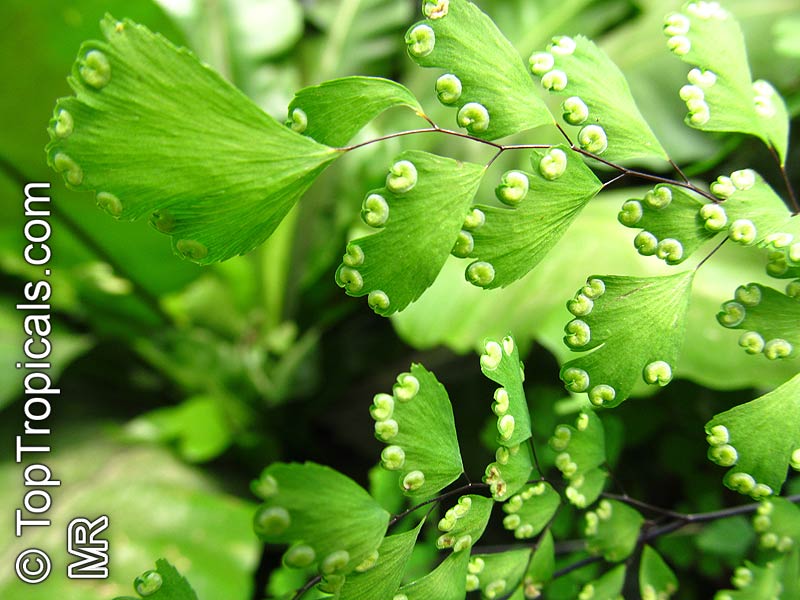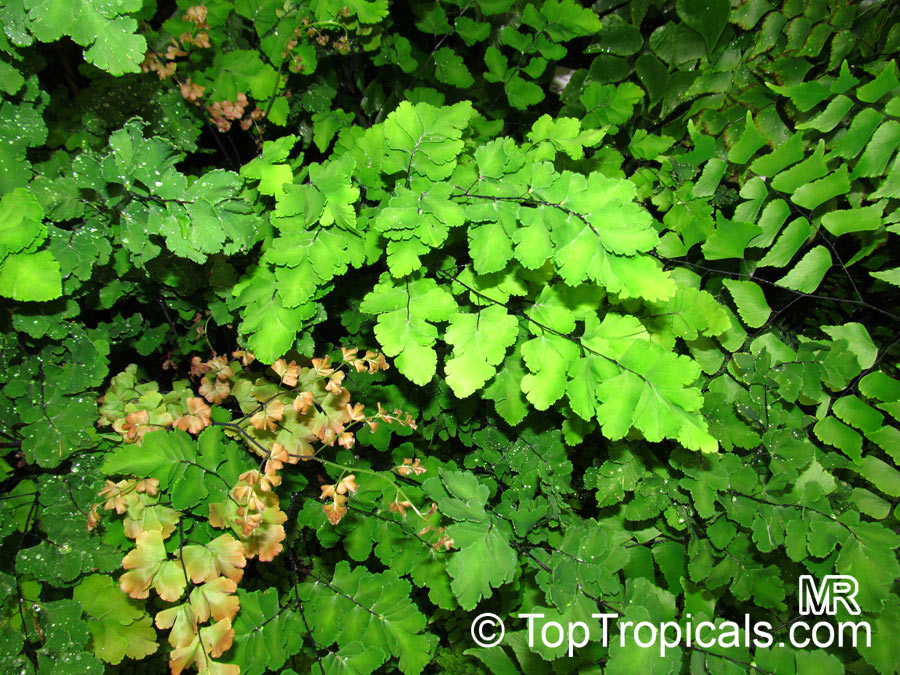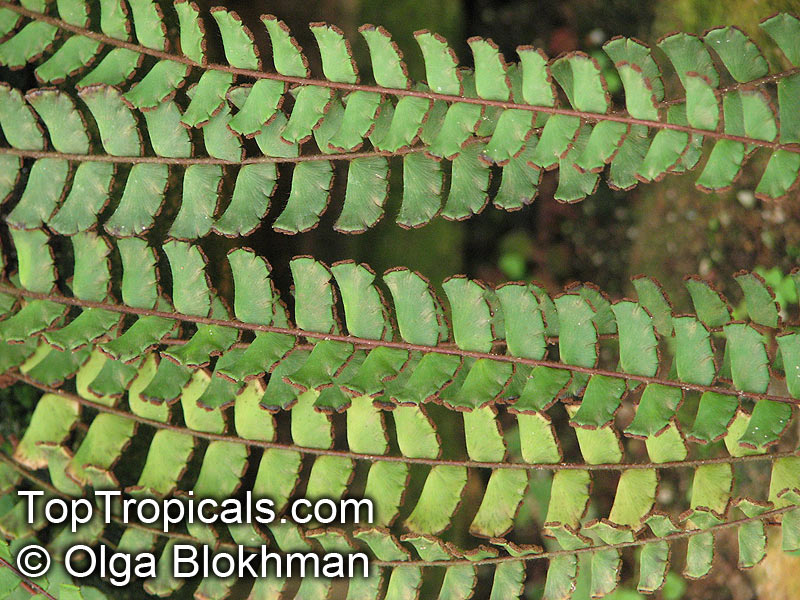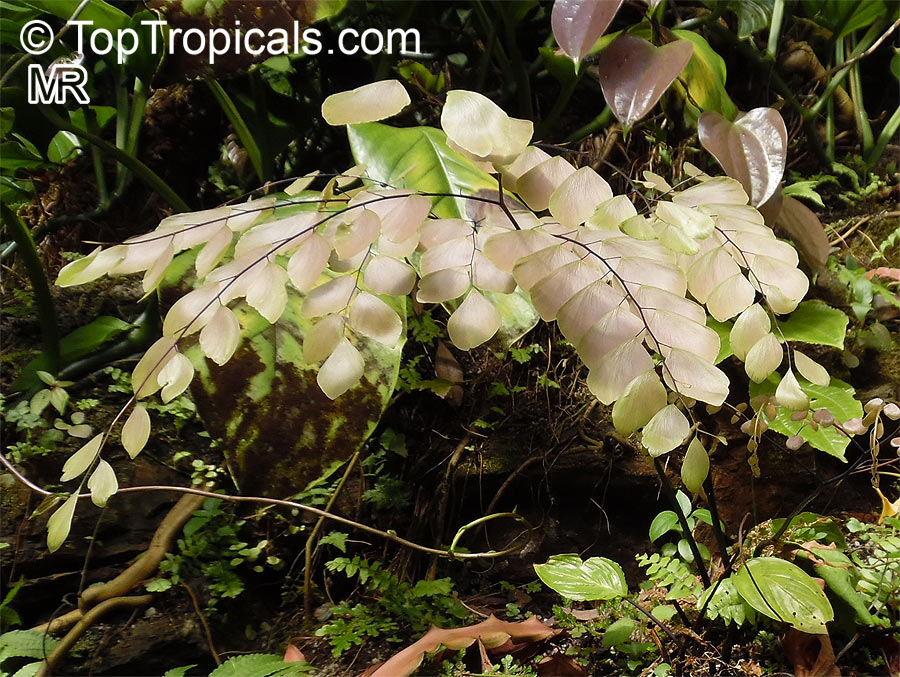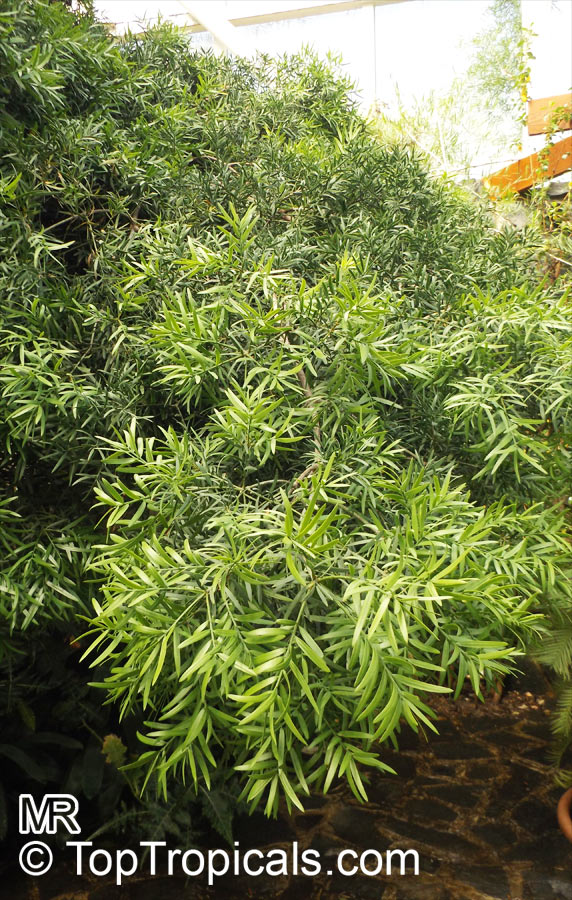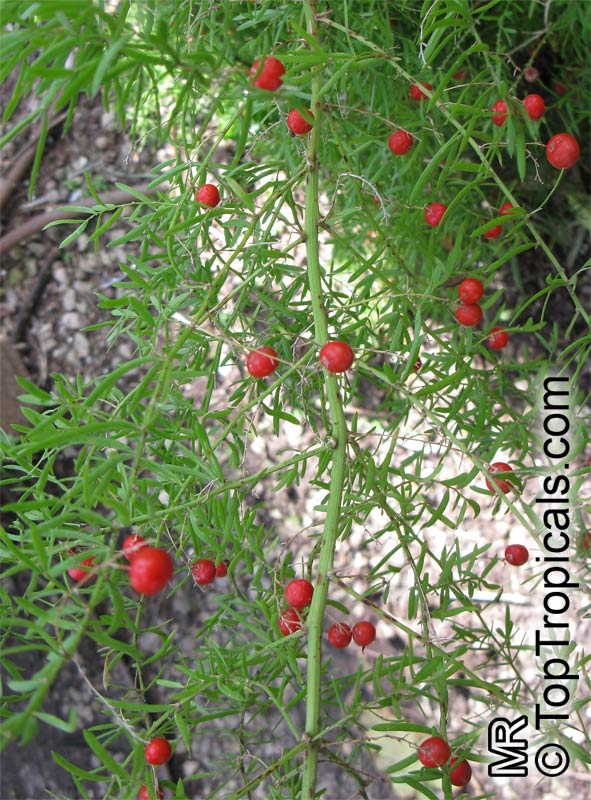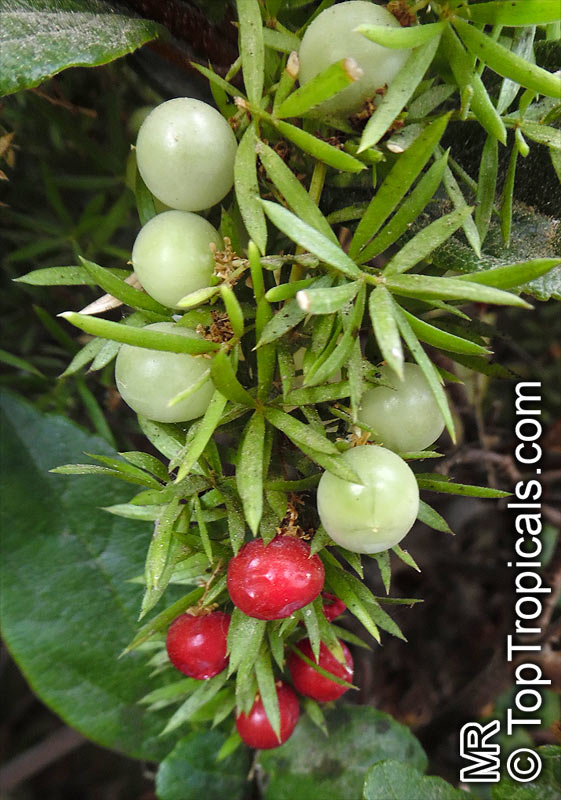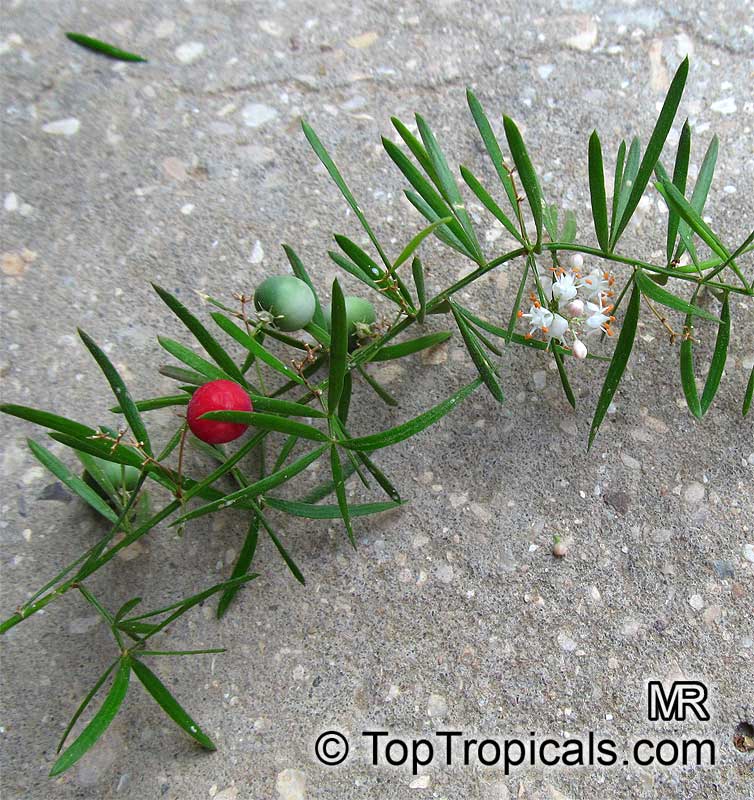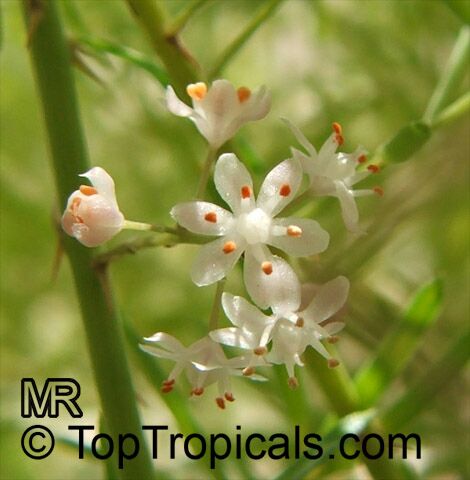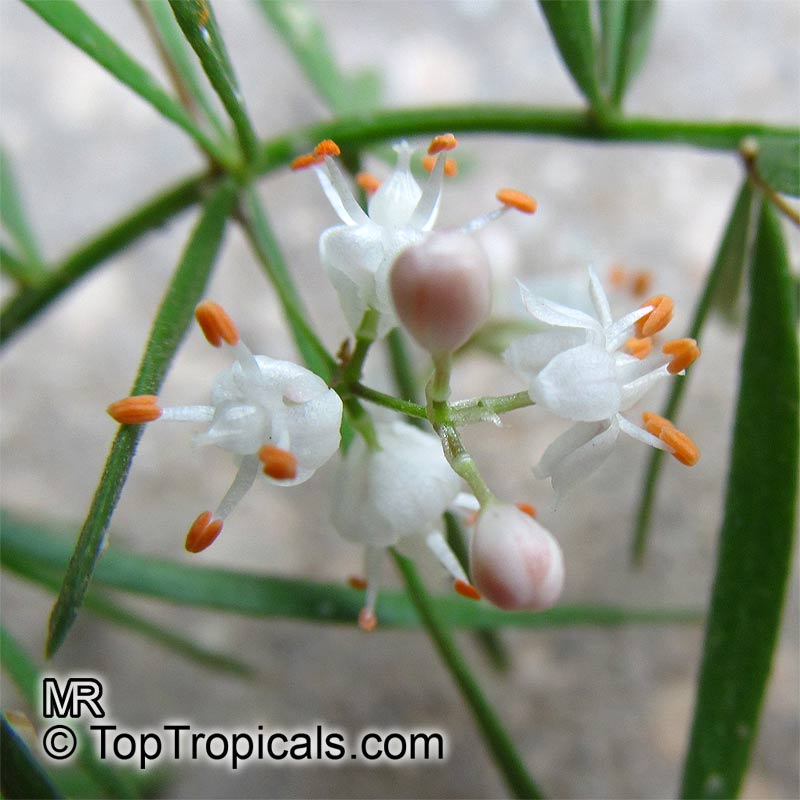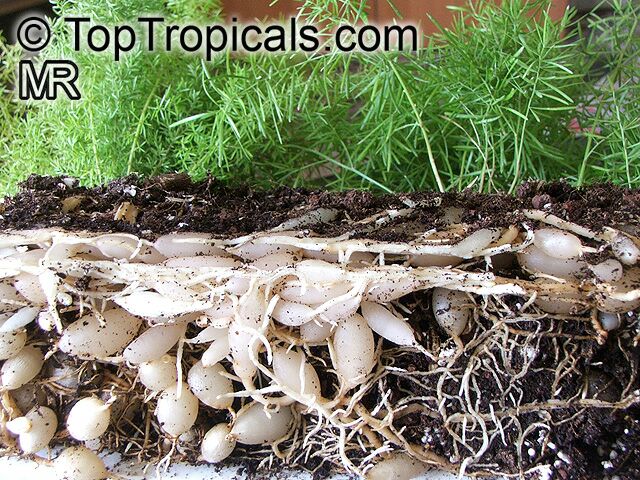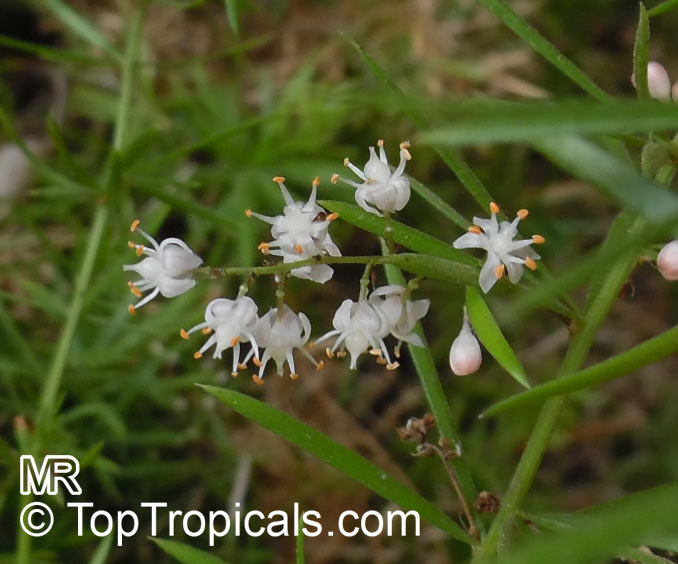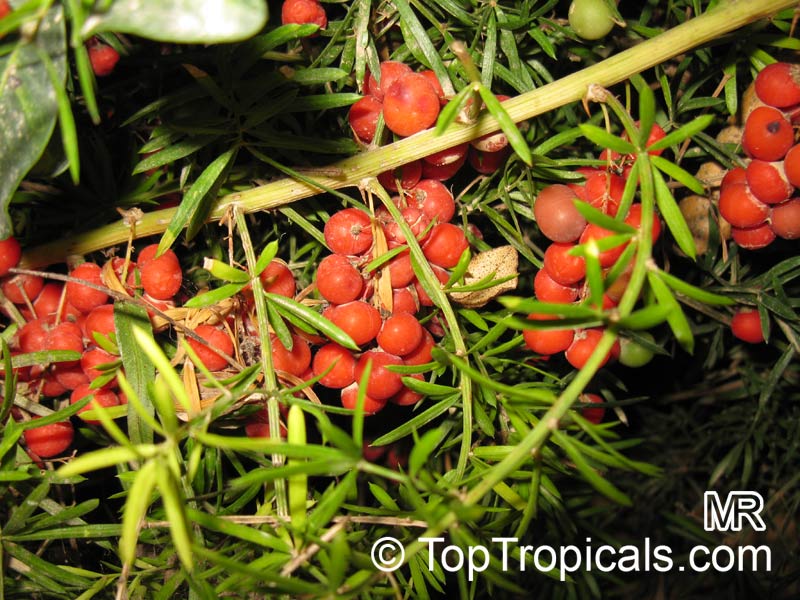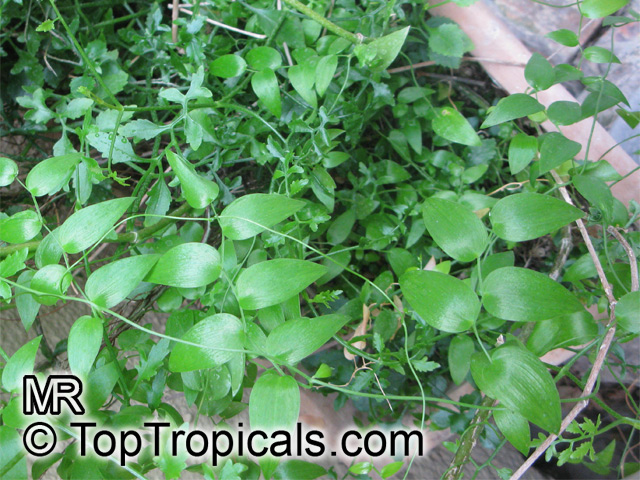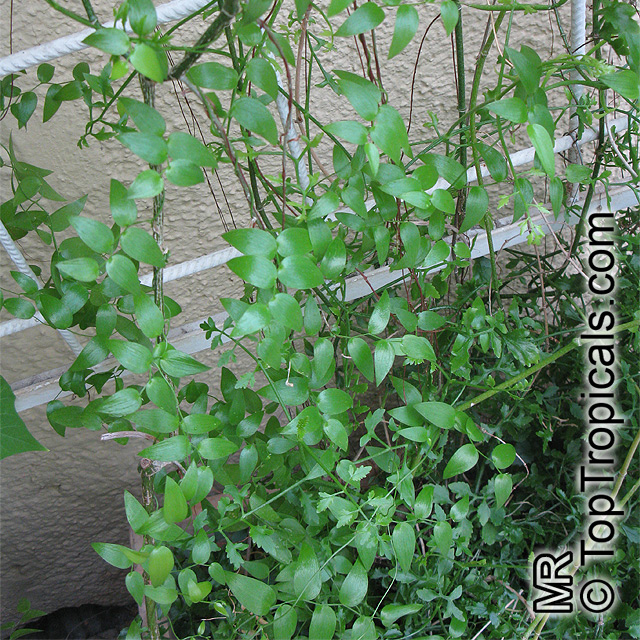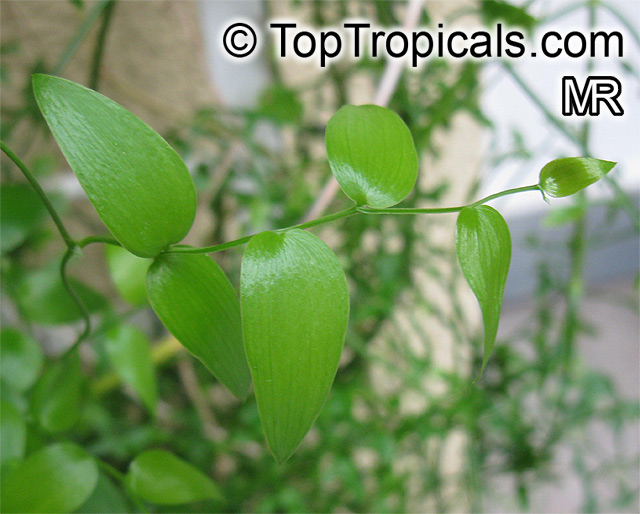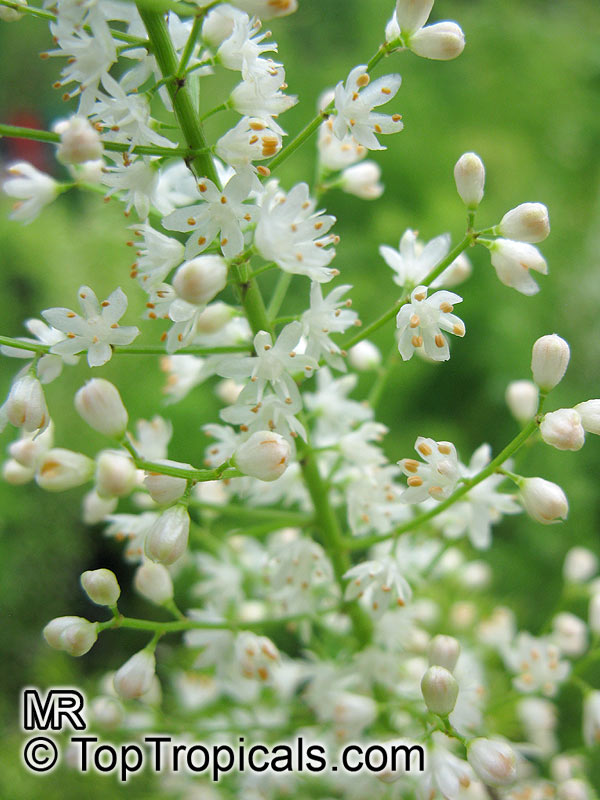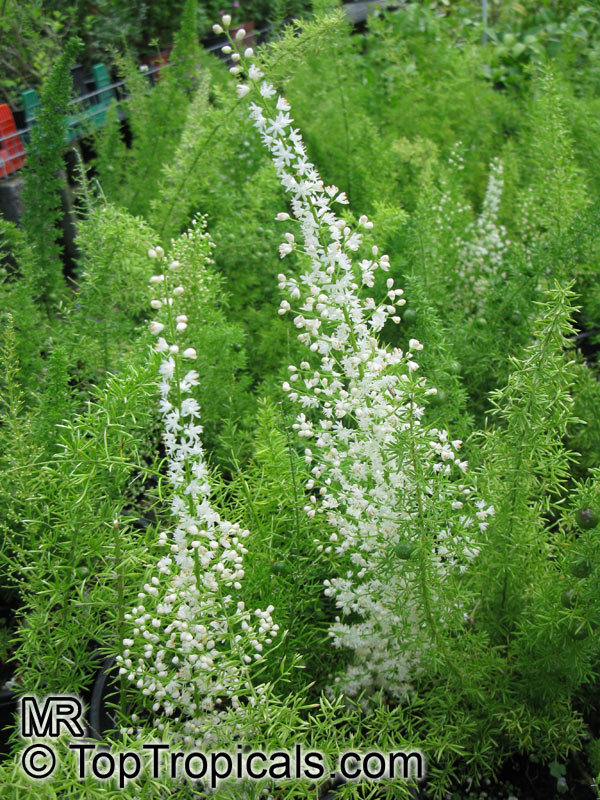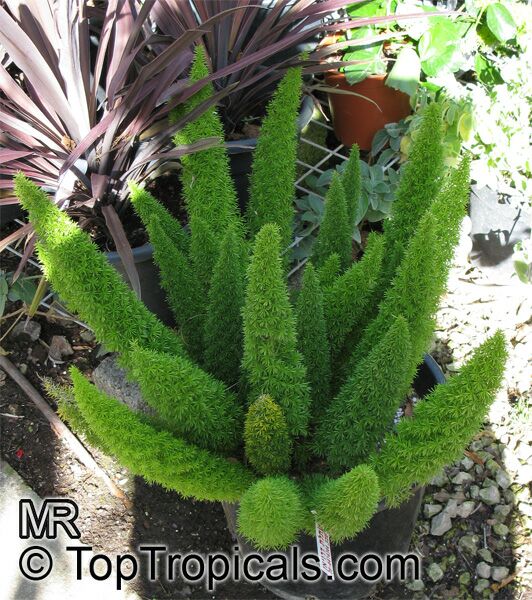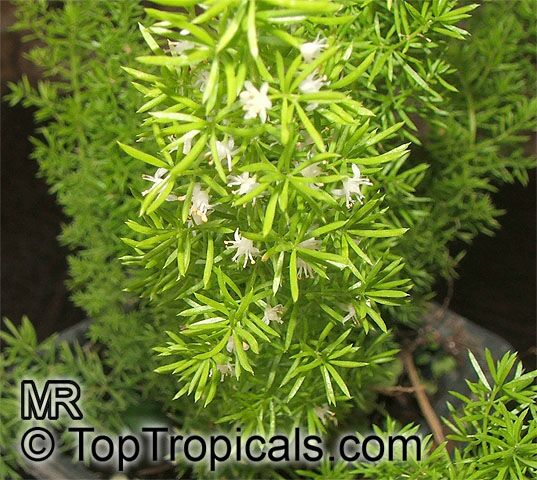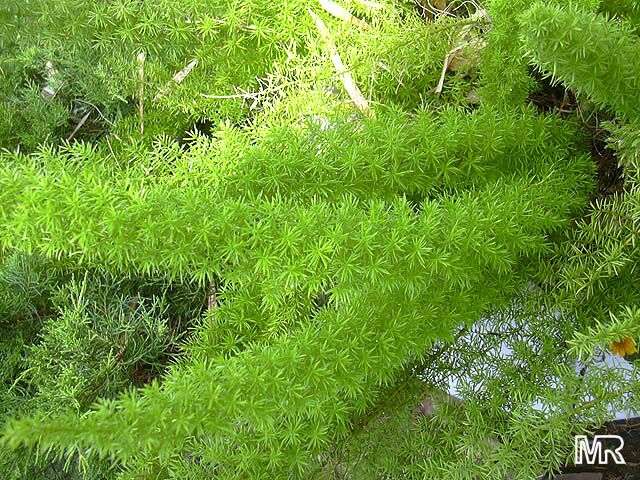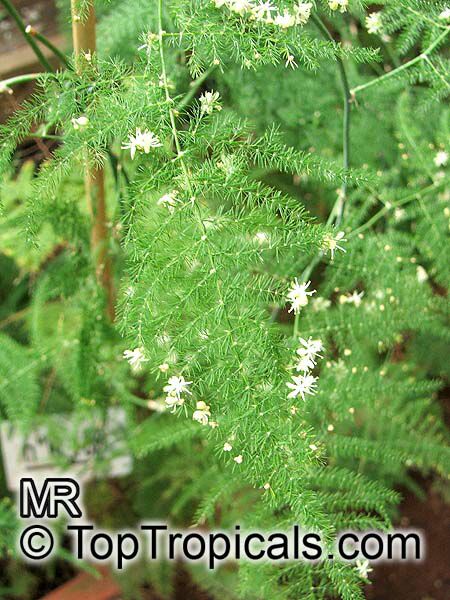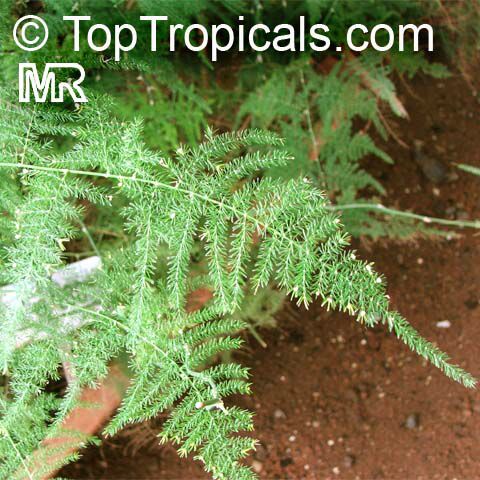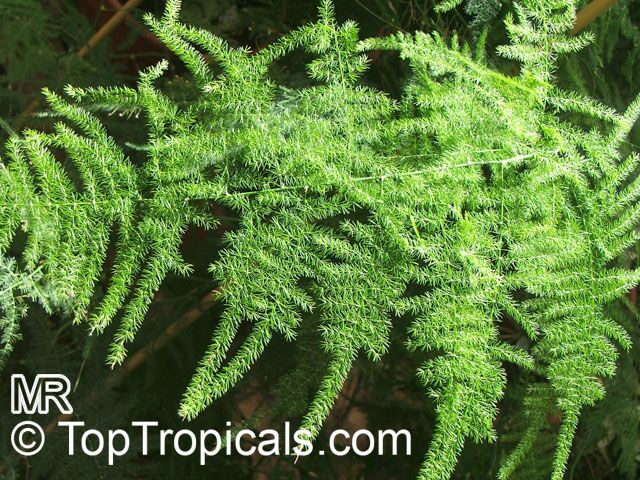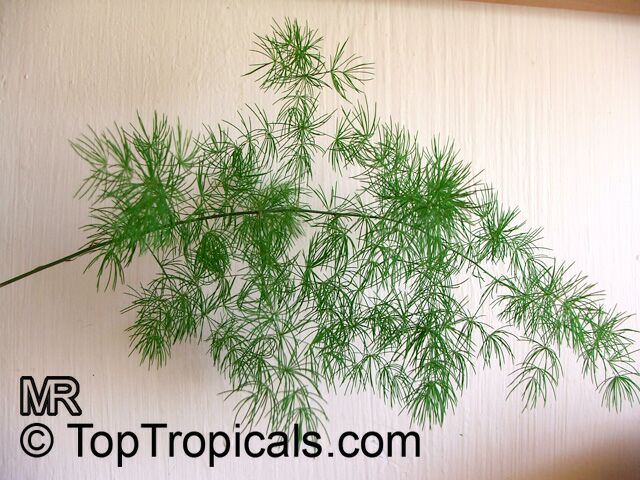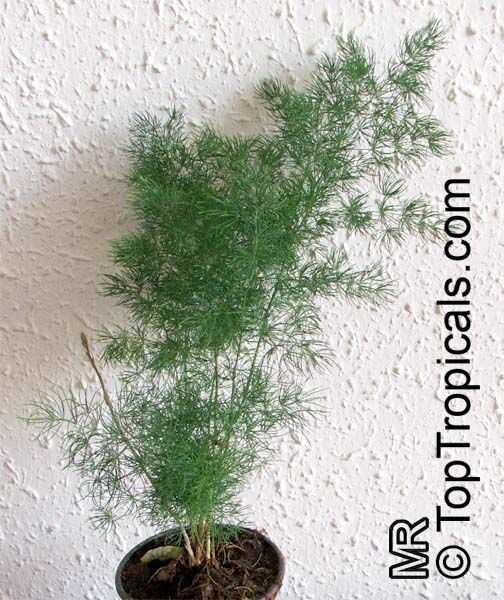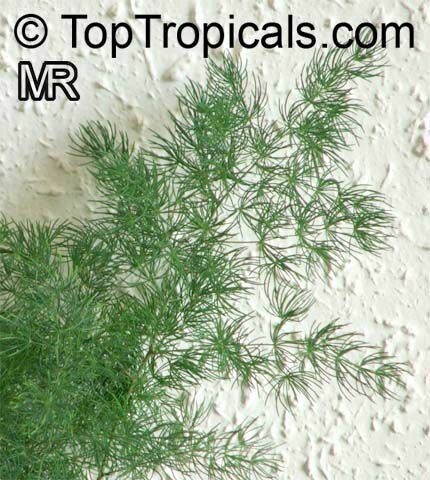Fern - Plant Encyclopedia Results
Top Tropicals Plant Encyclopedia
| Number of plants found: 103 | Next | 
|
Go to page: | 1 | 2 | 3 | 4 | 5 | Last |
Botanical name: Acrostichum aureum
Common names: Piai Raya, Golden Leather Fern, Mangrove Fern
Family: Pteridaceae
Origin: Pantropical









Acrostichum aureum, also known as Piai Raya, is a small plant that grows to a height of between 2 and 5 feet tall. Native to Pantropical, it grows in USDA Zone 9-11 and is a great plant for adding ornamental foliage to gardens and yards. It is a flood and seaside tolerant plant and can even tolerate salt.
This plant prefers full sun to semi-shade, and can also be grown in boggy or aquatic soil. It needs regular water to keep it looking its best, so make sure to water it every few days during dry spells. Additionally, Piai Raya has ethnomedical properties, and has been known to be used for medicinal purposes.
Growers in cold regions should take special care when growing this plant in a pot. It is best to select a pot with several drainage holes, and the soil mix should be one that readily drains. Additionally, ensure that the pot is well insulated, as the roots are vulnerable to extreme temperatures. Ensure that the soil is also kept moist and fertilize every couple of weeks. With a bit of extra care, Acrostichum aureum can thrive in colder climates.
Botanical name: Actiniopteris semiflabellata
Common name: Eyelash Fern
Family: Pteridaceae
Origin: Eastern Africa



A small, tropical fern producing very pretty, palm-like fronds on a diminutive scale. It like evenly moist conditions with moderate humidity during it's summer growing period, it should be watered sparingly and carefully during colder months.
Botanical name: Adiantum sp.
Common name: Maidenhair Fern
Family: Pteridaceae
Origin: Central and South America





Adiantum is a genus of about 200 species of ferns in the family Pteridaceae, though some researchers place it in its own family, Adiantaceae.
Adiantum has slender black stems and delicate, triangular green fronds.
The plant likes higher humidity but should not be misted.
Species:
Adiantum aethiopicum
Adiantum balfourii
Adiantum henslovianum
Adiantum macrophyllum
Adiantum platyphyllum
Adiantum raddianum
Adiantum tenerum
Adiantum tetraphyllum
Adiantum venustum
Botanical names: Afrocarpus gracilior, Podocarpus gracilior
Common name: African Fern Pine
Family: Podocarpaceae
Origin: Eastern Africa







Can grow up to 20 to 40 ft tall and make a lovely addition to any garden. This native to Eastern Africa can also be used to create a bonsai, because it has an attractive shape with graceful drooping foliage.
This evergreen grows best in full sun or semi-shade that has excellent drainage. It thrives in well-drained soil with a regular supply of water, especially during the dry season. To maximize its growth potential, the soil should be acid or neutral.
This tree can usually survive in USDA Zone 9-11, however it can become vulnerable to frost or a sharp decrease in temperatures. If you are in a colder climate, it can be grown in a pot and taken indoors during the cold season for additional protection. When potting and growing indoors, it needs a well-drained soil and full sun to look its best. It is a water-loving tree, so we recommend providing a moderate water supply, especially during the summer months.
In conclusion, Afrocarpus gracilior is an attractive and graceful evergreen that, with proper care and cultivation, can grow up to 40 ft tall and make a nice addition to any home or garden. For those living in colder climates, the tree can be grown in a pot and taken indoors during the winter season to avoid frost damage. With regular supply of water, full sun and a well-drained soil with neutral to acid pH, this tree will thrive.
Botanical name: Asparagus aethiopicus
Common names: Asparagus Fern, Foxtail Fern, Sprenger's Asparagus
Family: Asparagaceae (Formerly:Asparagaceae / Hyacinthaceae / Liliaceae)
Subfamily: Asparagoideae
Origin: South Africa







Asparagus aethiopicus has been confused with Asparagus densiflorus, now regarded as a separate species, so that information about A. aethiopicus will often be found under the name A. densiflorus.
Botanical name: Asparagus asparagoides
Common names: Bridal Creeper, African Asparagus Fern
Family: Asparagaceae (Formerly:Asparagaceae / Hyacinthaceae / Liliaceae)
Subfamily: Asparagoideae
Origin: South Africa







Asparagus asparagoides has shiny green leaf-like structures (phylloclades) which are flattened stems rather than true leaves.
Botanical names: Asparagus densiflorus, Protasparagus densiflorus
Common names: Fox Tail, Emerald Asparagus Fern
Family: Asparagaceae (Formerly:Asparagaceae / Hyacinthaceae / Liliaceae)
Subfamily: Asparagoideae
Origin: South Africa










Asparagus densiflorus, also known as the Fox Tail, is a scrambling plant that can grow up to 3 ft long. Its upright or trailing branches are slightly woody and are best known for the 'Sprengeri' cultivar, which forms large cushions with long, arching stems covered in dark green, needle-like leaves. These plants can be used as groundcovers in shade or full sun, or in large containers or hanging baskets. The cultivars 'Cwebe' and 'Myersii' form more upright plants, with the latter having a compact cat's tail-like frond appearance. Cultivar 'Myersii' looks best when grown in shade or semi-shade.
The small, sweetly scented flowers of Asparagus densiflorus are usually white or pale pink, but their flowering can be erratic, with a good flowering year on average only once every three years. The small flowers are followed by showy bright red berries, which are attractive to birds and may be spread by them.
The plant can grow in most soils and is drought tolerant, but it does better in soil that is rich in organic matter and is watered regularly. To rejuvenate the plants, they can be cut back after flowering.
This plant is suitable for growing in USDA Zones 9-11 and can do well as a pot plant in cold regions. The soil should be nutrient-rich, well-drained and moist, and the soil should be kept moist but not wet. Plants should be placed in an area with full sun to partial shade, depending on the variety. Asparagus densiflorus should be watered regularly, with more frequent watering during hot and dry periods. To ensure healthy foliage and growth, fertilize the plant two to three times a year with a balanced fertilizer. Pruning is usually unnecessary, but if, over time, the plants become too large, they can be cut back in late fall or early winter.
Botanical names: Asparagus plumosus, Protasparagus plumosus
Common name: Asparagus Fern
Family: Asparagaceae (Formerly:Asparagaceae / Hyacinthaceae / Liliaceae)
Subfamily: Asparagoideae
Origin: South Africa





Asparagus plumosus, also known as Asparagus Fern, is a small shrub native to South Africa, typically growing between the heights of 2-5 feet tall. It's an attractive evergreen perennial usually grown as an ornamental plant, due to its beautiful foliage. It is best grown in USDA Zones 9-11 and requires moderate water in order to stay healthy and lush.
If you are looking to grow Asparagus plumosus as a houseplant, then it needs a bright spot with some shade. For warmer climates, regular watering is needed to keep the soil moist, but not wet. To keep the soil from drying out, you can use a plastic pot or pot your plant in a terracotta pot with a plastic liner. Since the shrub prefers a moist environment, adding some mulch on top can help retain moisture and reduce the need for frequent watering.
For colder regions, where the soil freezes during winter, it can be tricky to keep Asparagus plumosus going. To start with, you must grow it in a pot that is filled with good potting mix. This will help drain the soil quickly and ensure that water doesn't get frozen in the pot. It is also important that you use a protective covering, such as a plastic sheet, to protect the foliage from cold winds. Watering in winter should be kept to a minimum as too much water can damage the roots. Moreover, avoid fertilizing in winter and wait until the spring to feed your Asparagus Fern.
Botanical name: Asparagus umbellatus
Common name: Asparagus Fern
Family: Asparagaceae (Formerly:Asparagaceae / Hyacinthaceae / Liliaceae)
Subfamily: Asparagoideae
Origin: Macaronesian islands





| Next |  |
Use link to repeat this search:
https://toptropicals.com/cgi-bin/garden_catalog/cat.cgi?find=fern&search_op=and&keyword_op=and&language=e&number=10
&no_change_lang=1&user=tt&sale=1&first=0



